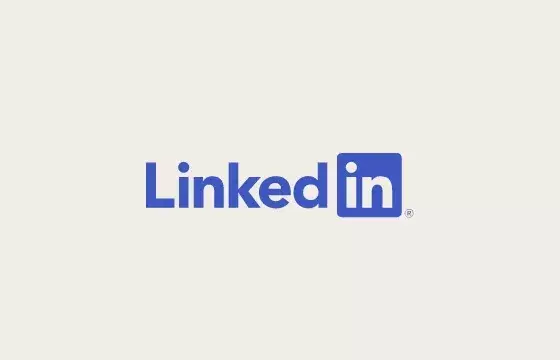Microsoft’s periodic updates on LinkedIn are a familiar rhythm in the tech landscape, often heralding the same announcements regarding the platform’s performance. The latest quarterly report reveals predictable trends: an uptick in user sessions and yet another claim of “record engagement.” For those keeping score, this repetition raises questions about its veracity. The notion that LinkedIn experiences unprecedented engagement levels every quarter since 2018 strikes many as surreal and contrived. While Microsoft touts this apparent success, it leaves us grappling with a nagging sense of skepticism regarding the authenticity of these metrics.
The distinction between total membership and active users is subtle yet profound, and it’s a nuance that LinkedIn does not always clarify. Microsoft proudly announces that LinkedIn has surpassed one billion members, crafting a narrative of expansive growth. However, membership figures can be misleading; they encompass every individual who has ever signed up, irrespective of whether they engage with the platform regularly.
For context, consider Twitter (now X). If it were to broadcast that it has billions of users, scrupulous observers would quickly spotlight the difference between registered accounts and genuine usage, which stands at approximately 500 million active users. Yet LinkedIn seems to evade this scrutiny, perhaps due to its more specialized focus or because of its perceived lack of competition in the wider social media arena.
The reality becomes more alarming when we examine activity rates. Research indicates that only about 30% of LinkedIn’s European members are active users, suggesting that the true figure for engaged participants could range around 300 million—still commendable for a niche platform but far removed from the glamorous billion-dollar figure often brandished.
Opaque Reporting: The Financial Game Behind Metrics
Despite guises of transparency, the selective reporting by LinkedIn raises valid concerns about the accuracy and comprehensiveness of its statistics. Why does LinkedIn persist in publicizing member counts while glossing over active usage data? The rationale might be stratified, hinging on a mix of marketing enthusiasm and corporate strategy. If Microsoft remains focused on revenue growth—which reportedly surged around 10% this quarter—then a nebulous picture of engagement may suffice for stakeholders.
Moreover, the introduction of new features like “Stories” and a video feed reflects LinkedIn’s attempt to adopt characteristics from more casual social media, further obscuring its identity. The challenge lies in these features not resonating with the platform’s primary audience, which craves professional networking rather than fleeting entertainment or viral content. This misalignment poses a fundamental question: is LinkedIn truly catering to its core demographic, or is it caught in an identity crisis spurred by broader social media trends?
As it stands, LinkedIn serves a definitive purpose, particularly for professionals and businesses aiming to connect, advertise, and thrive in their respective fields. However, as Microsoft’s strategy intensifies around AI integration across its platforms, one must ponder the future direction of LinkedIn. Will AI innovations further enhance user engagement, or will they dilute the professional essence that differentiates LinkedIn from its competitors?
Looking forward, LinkedIn must navigate its dual challenge: fostering genuine user interaction while remaining committed to its original mission. This necessitates a shift in transparency regarding participation metrics that truly reflect user engagement—it’s critical, not only for analytical accuracy but also for maintaining trust with its user base and stakeholders.
Ultimately, the narrative surrounding LinkedIn’s performance is far more intricate than mere figures proclaiming success. As the platform continues to break “records,” it must also reckon with the evolving realities of user engagement and active participation. Recognizing that how we measure success can skew perceptions, LinkedIn stands at a crossroads where its future depends not just on claiming membership numbers, but also on fostering authentic, substantive engagement among its users. As Microsoft engenders innovation, the platform’s challenge will be to uphold its core values while navigating new avenues for connectivity and growth.


Leave a Reply